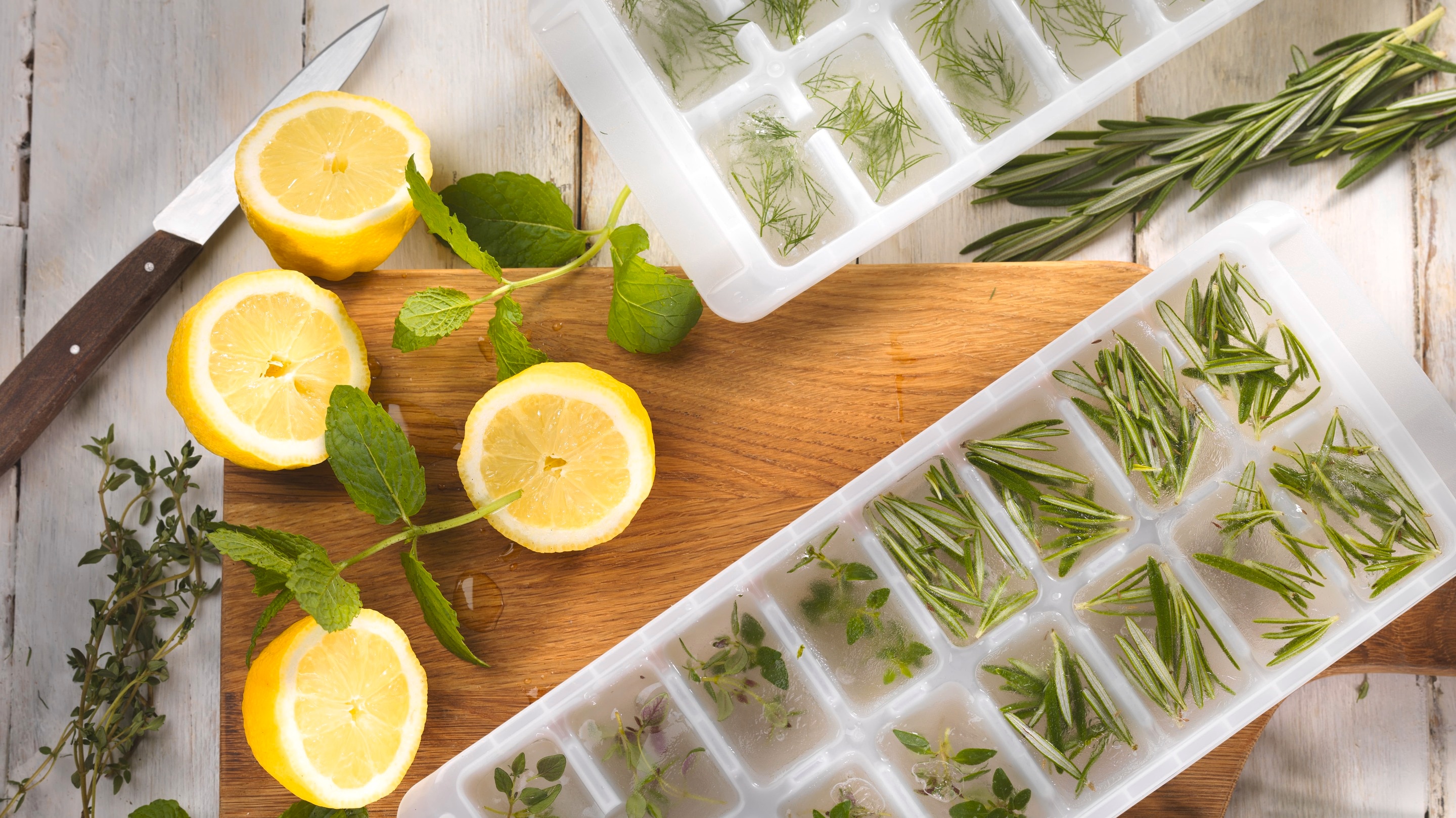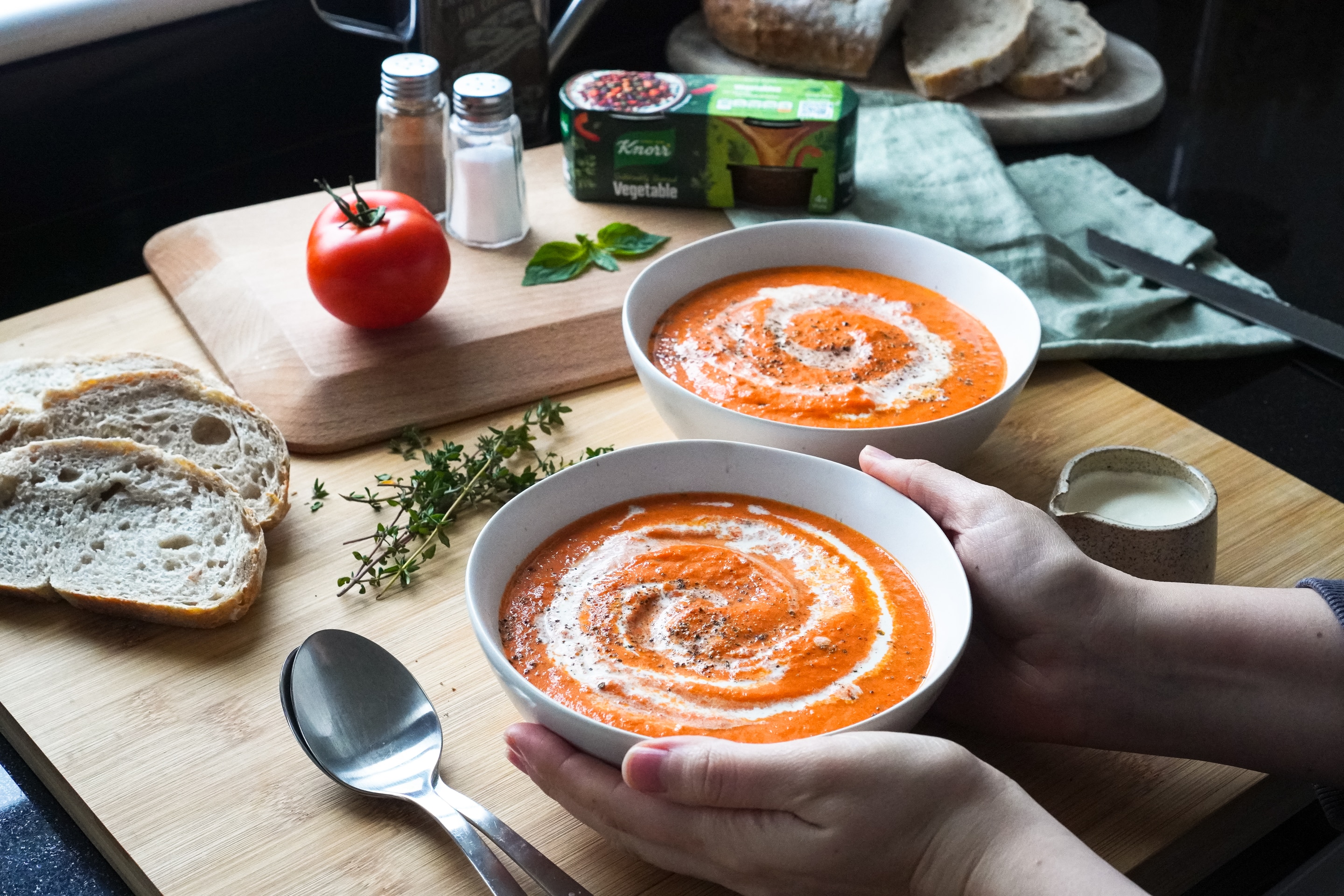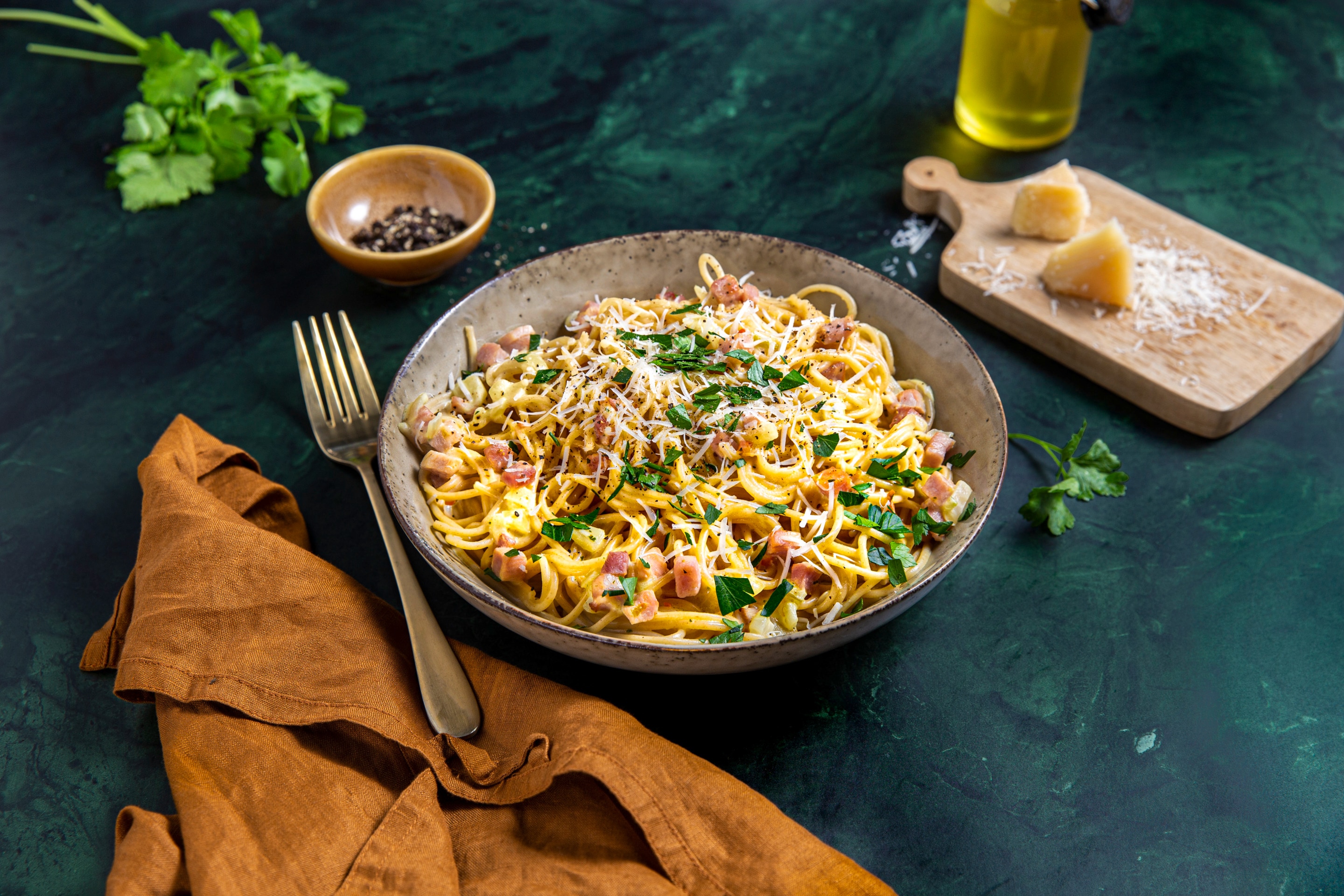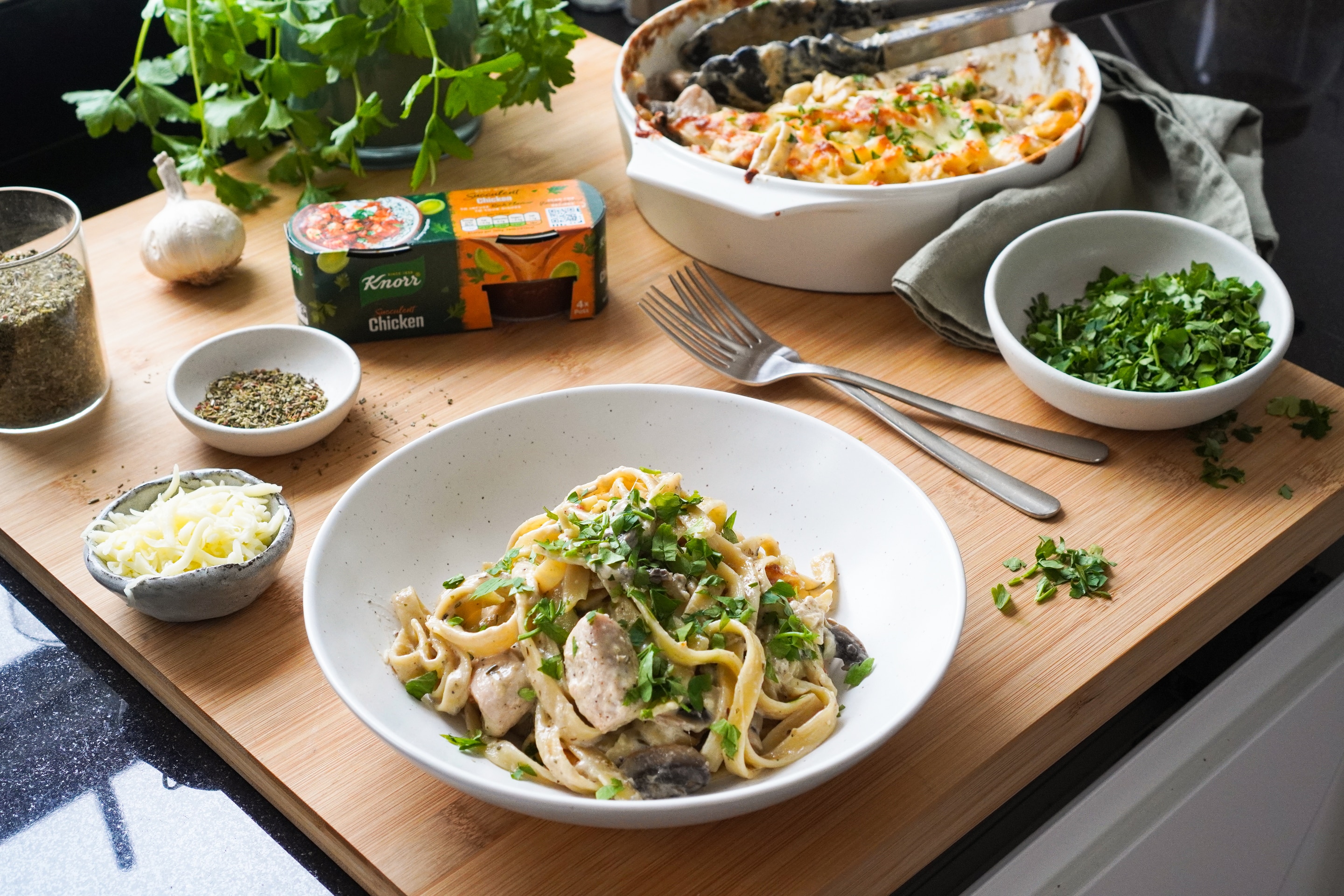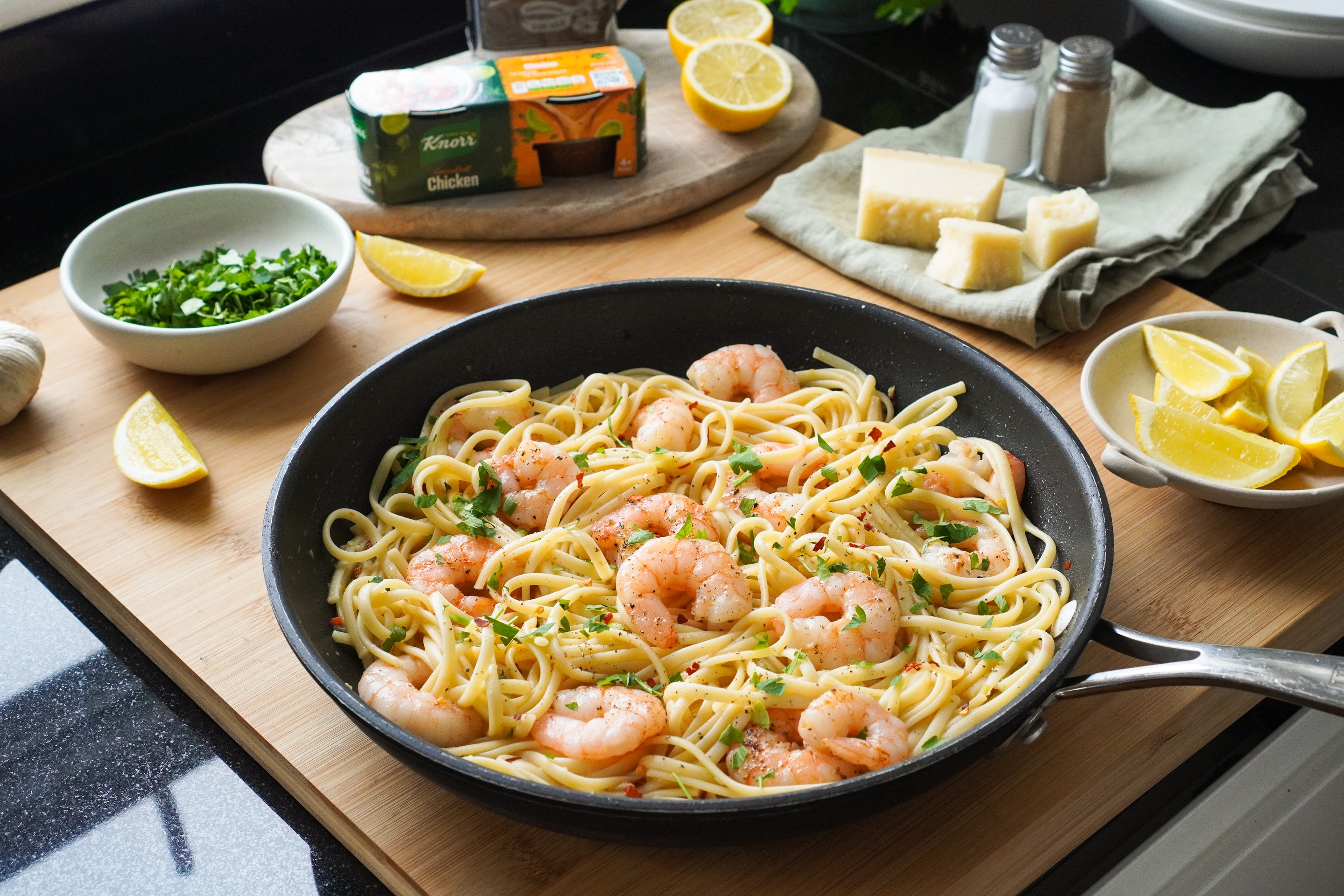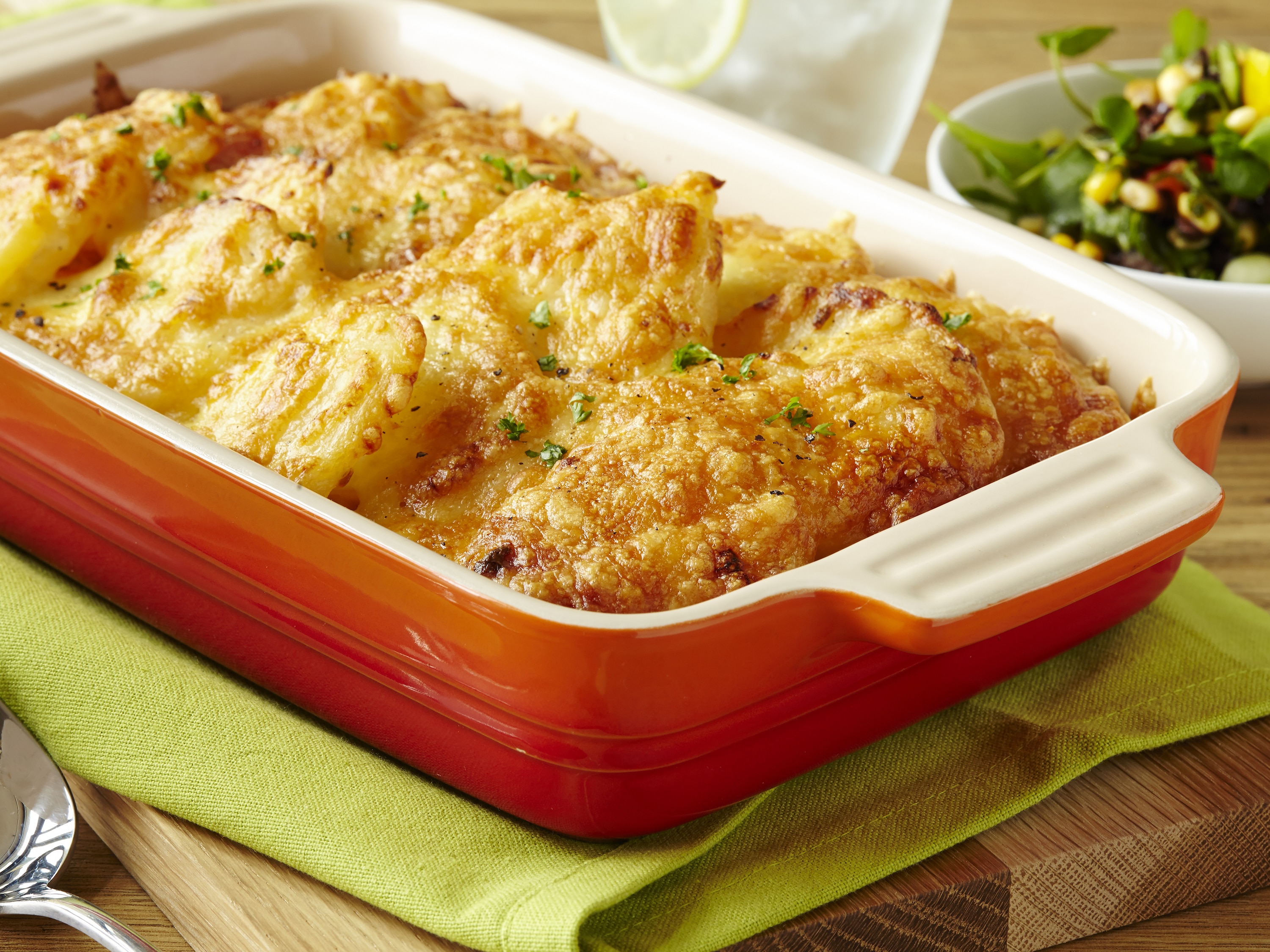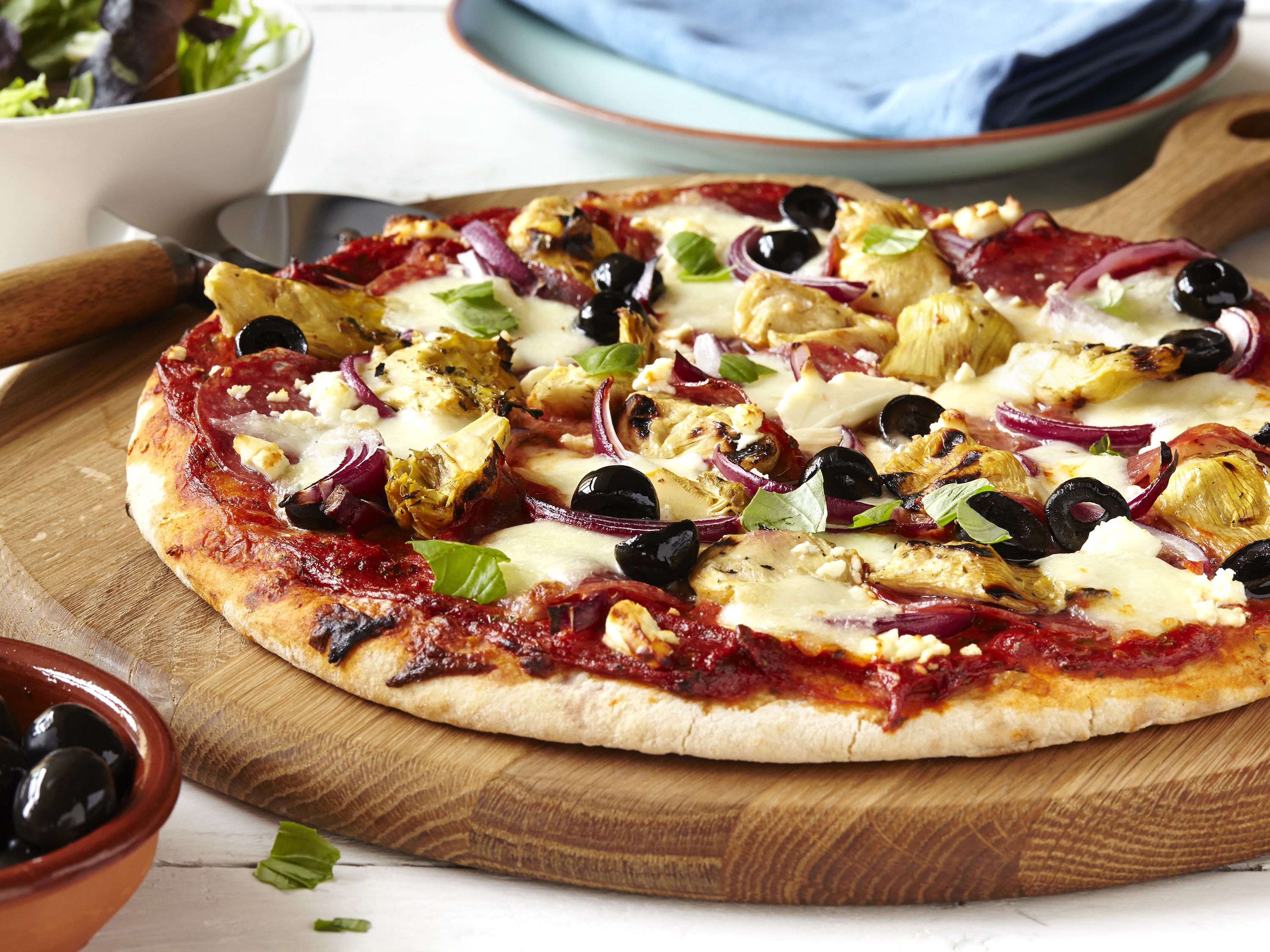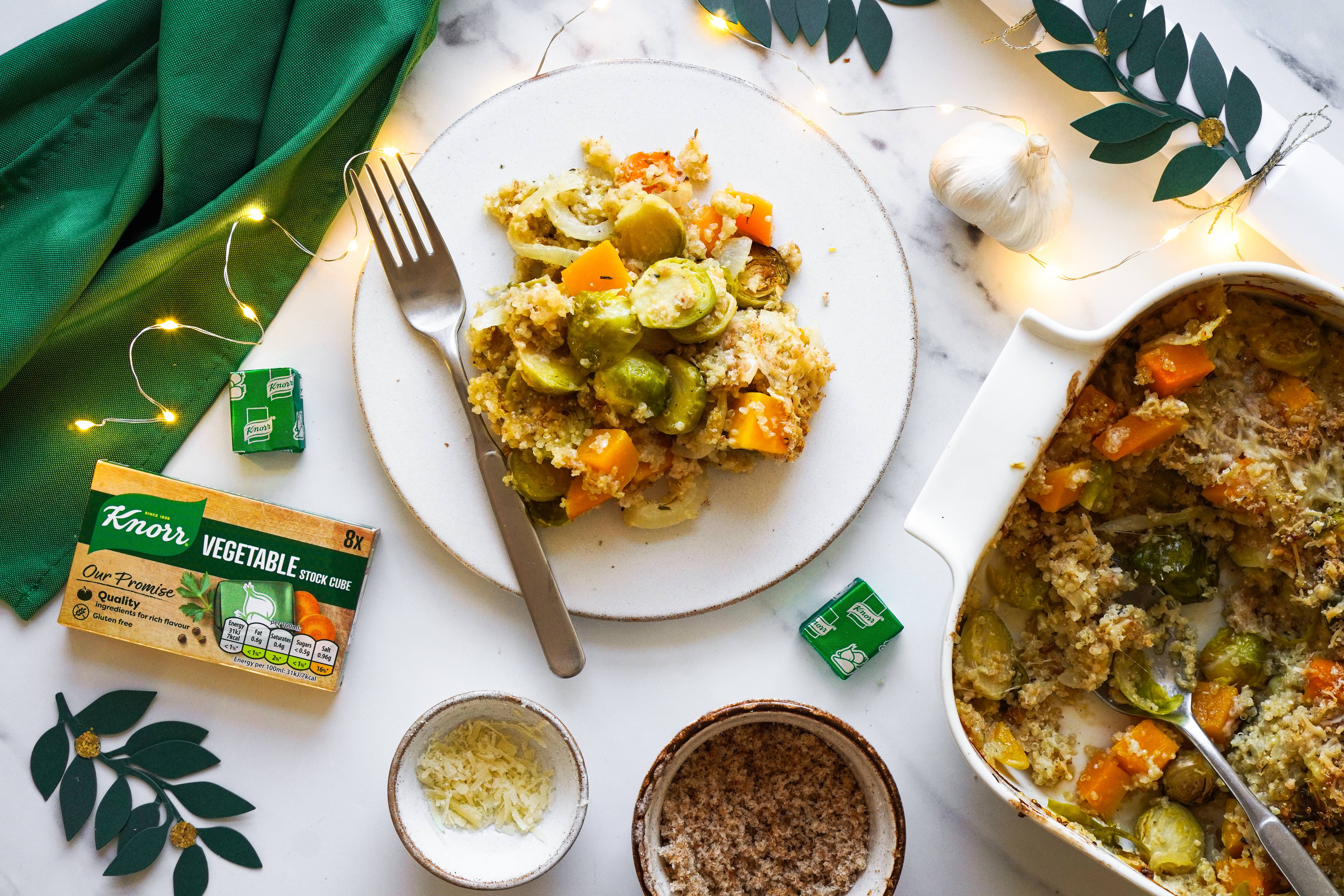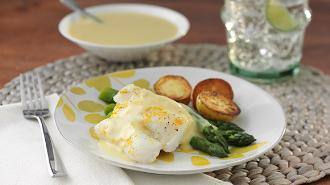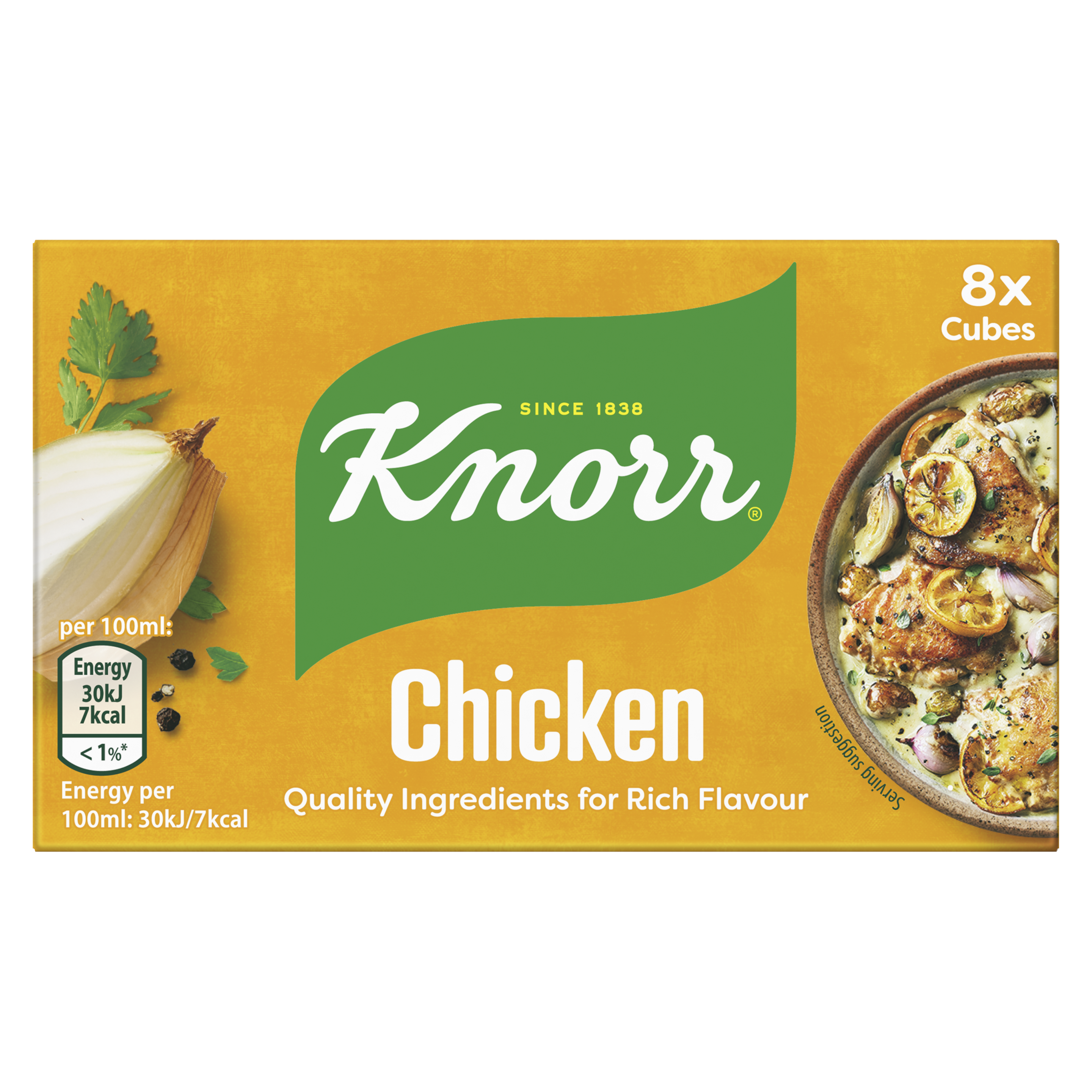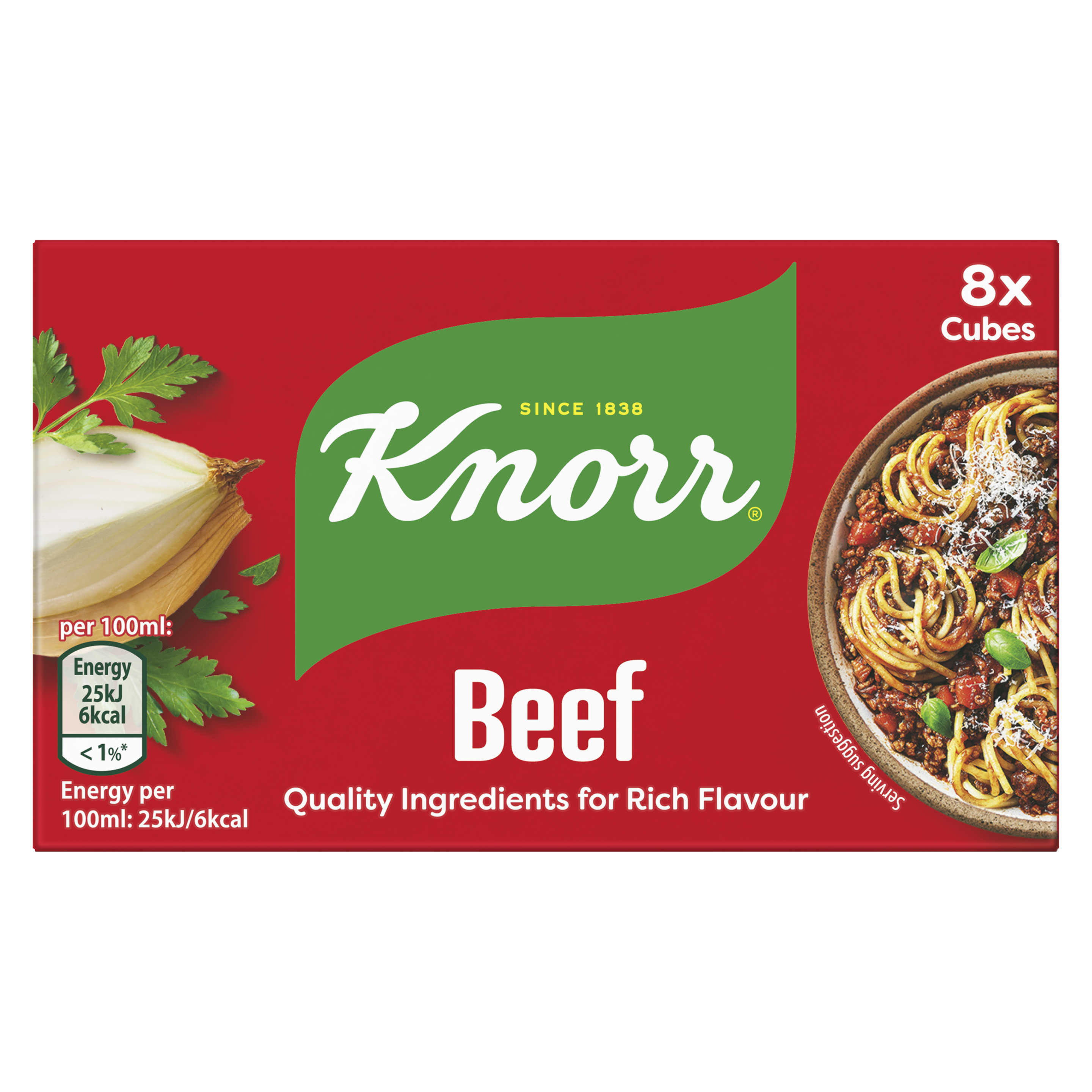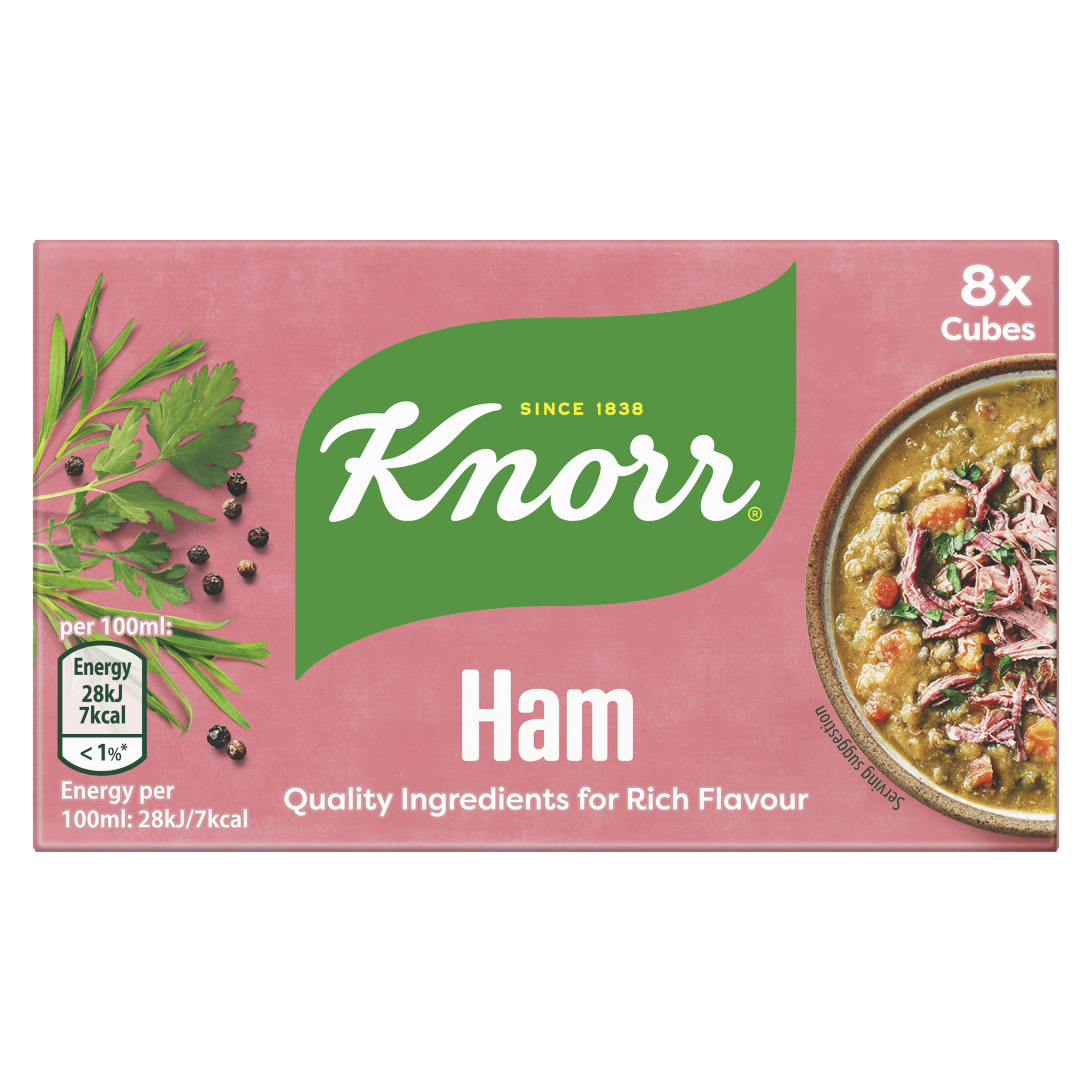Skip to:
This Knorr guide explains what foods freeze well and what to avoid, offering practical tips for preserving texture, flavour, and colour to aid meal planning and reduce waste. It covers a range of items including fresh herbs, eggs, bread, vegetables, meats, berries, cheese, fish, milk, and wine, providing specific advice on preparation and storage duration to prevent food spoilage and freezer burn.
Freezing is a fantastic method to preserve the texture, flavour, and colour of your food, making weekly menu planning easier and helping to reduce waste. At Knorr, we believe in making delicious home-cooked meals accessible, and understanding freezing best practices is key.
Key Freezing Rules to Remember:
- Never Refreeze Defrosted Meats or Fish: Once food, especially raw meat or fish, has been defrosted, it should not be refrozen. Cook it immediately.
- Cooked Food Exception: Food containing ingredients that have been defrosted can be frozen again after they have been cooked. For example, if you defrost beef mince, cook it into a spaghetti bolognese, you can then freeze the cooked dish.
- Prevent Freezer Burn: Always ensure items are well-wrapped to protect them from freezer burn, which is caused by prolonged exposure to freezing cold air. This maintains quality and prevents ice crystals from forming on the food's surface.
Following these guidelines helps prevent food poisoning and ensures you get the best quality from your frozen ingredients.
Freezing Fresh Herbs: Best Practices for Flavour Preservation
While softer herbs like basil and parsley can lose their colour and structure when frozen, many hardier herbs freeze exceptionally well, retaining their flavour for up to three months.
Herbs that Freeze Best:
- Rosemary
- Thyme
- Lemongrass
- Chives
- Mint
Knorr Tip for Freezing Herbs: Chop your chosen herbs finely and freeze them in ice cube trays with a little water. Once frozen, transfer the herb cubes to a freezer bag. These are perfect for adding instant flavour to soups, casseroles, and stews.
Freezing Vegetables: Which Ones Freeze Best and How to Blanch
Many vegetables can be frozen successfully, but it's important to know which ones and how to prepare them. Vegetables with high water content, such as tomatoes and cucumbers, tend to become mushy and lose their structure when frozen, so they are best avoided.
Best Vegetables for Freezing:
- Most root vegetables (e.g., carrots, parsnips)
- Peas, beans, corn
- Broccoli, cauliflower, Brussels sprouts
- Pumpkins and squashes
The Blanching Technique:
For most vegetables (except leafy greens), blanching before freezing is crucial. This process stops enzyme action, preserves colour, flavour, and nutrients, and helps them freeze better.
- Boil: Prepare the vegetables by boiling them in water for the recommended time (usually 1-2 minutes).
- Chill: Immediately remove the vegetables and plunge them into ice-cold water to stop the cooking process.
- Dry & Freeze: Drain thoroughly and pat dry before freezing in airtight containers or bags.
Example: Freezing Pumpkin
Pumpkins and other squashes are excellent candidates for freezing. Simply peel, remove seeds, and cut into large cubes. Freeze them spread out on a tray before transferring to a freezer bag. This prevents them from clumping together and makes them easy to portion out for later use in soups, stews, or pies.
Freezing Meat Safely: Raw, Cooked, and Cured Meats
Freezing meat is an excellent way to extend its shelf life, but proper handling is essential for safety and quality.
Raw Meat:
- Storage Time: Raw meat can be kept frozen for up to six months, but for optimal quality and flavour, it's best to use it within three months.
- Preparation: Ensure meat is well-wrapped in freezer-safe materials to prevent freezer burn.
Thawed Meat:
- Never Refreeze Raw: Once meat has been thawed, it should never be refrozen in its raw state.
- Cook First: If you wish to freeze meat that has already been thawed, you must cook it thoroughly first. The cooked meat can then be frozen.
Cooked and Cured Meats:
- Examples: This includes items like bacon, ham, and cooked sausages.
- Storage Time: These should ideally be frozen for no longer than one month to maintain their best quality and texture.
Freezing Fish: Best Practices for Quality and Safety
Fish freezes exceptionally well, making it a convenient option for preserving freshness. For the best quality, it's ideal to freeze fish as soon as possible after it's caught or purchased.
Recommended Freezing Guidelines:
- Optimal Quality: Aim to use frozen fish within 1 month for the best flavour and texture.
- Maximum Storage: Fish can be safely stored in the freezer for a maximum of 3 months.
Tips for Freezing Fish:
- Wrap Tightly: Ensure fish is wrapped tightly in plastic wrap, foil, or placed in a freezer bag to prevent freezer burn and oxidation.
- Portioning: Consider freezing fish in portions that match your typical meal sizes for easier thawing and cooking.
Explore More Knorr Recipes
A little inspiration
7 Results
-
![Vegeterian Pizza 30 MINS recipe]()
Rich and Cheesy Salami Pizza
-
CookingTime20 MINS
-
Difficulty Easy
-
PreparationTime10 MINS
-
Servings 4
people
-

